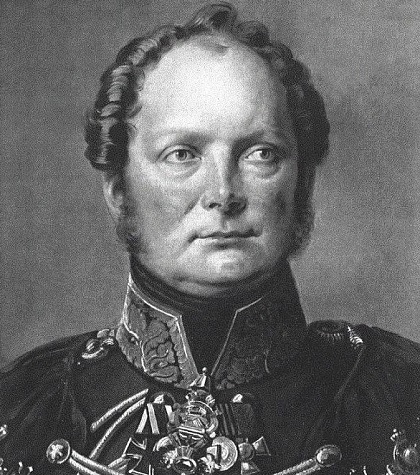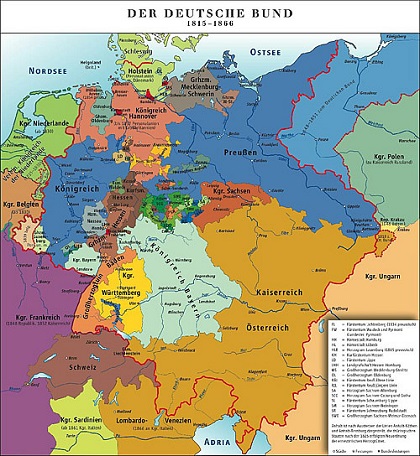
Once the conservatives regrouped and launched their successful counterattack across Germany, many of the reforms promised in March 1848 were forgotten. The National Assembly published the constitution it had drafted during months of hard debate. It proposed the unification of Germany as a federation with a hereditary emperor and a parliament with delegates elected directly. The constitution resolved the dispute between supporters of “Little Germany,” that is, a united Germany that would exclude Austria and the Habsburg Empire, and those supporting “Large Germany,” which would include both. The constitution advocated the latter.

The German Confederation was reestablished, and conservatives held the reins of power even more tightly than before. The failure of the 1848 revolutions also meant that Germany was not united as many had hoped. However, some of the liberals’ more practical proposals came to fruition later in the 1850s and 1860s when it was realized that they were essential to economic efficiency. Many commercial restrictions were abolished. The guilds, with their desire to turn back the clock and restore preindustrial conditions, were defeated, and impediments to the free use of capital were reduced. The “hungry forties” gave way to the prosperity of the 1850s as the German economy modernized and laid the foundations for spectacular growth later in the century.
Related articles:
The German Confederation, 1815-66
Economic and Political Trends in Germany Toward Unification
The Revolutions of 1848


